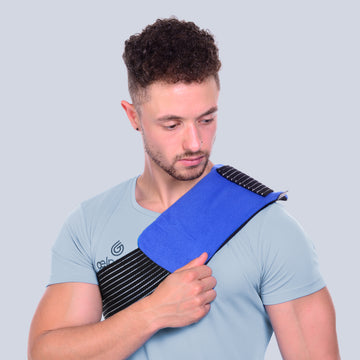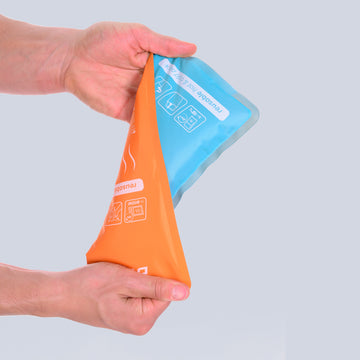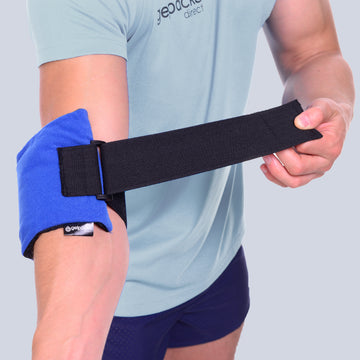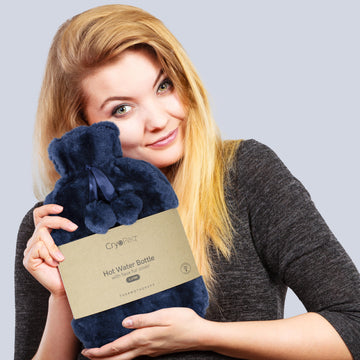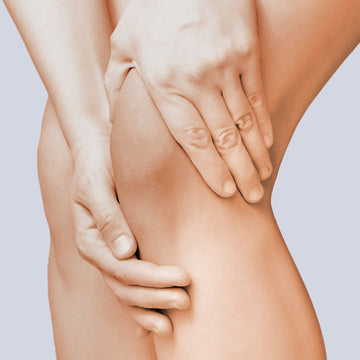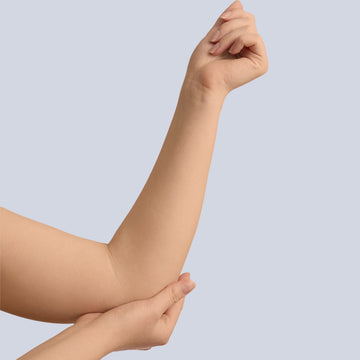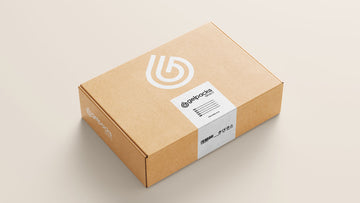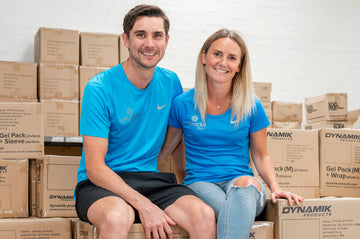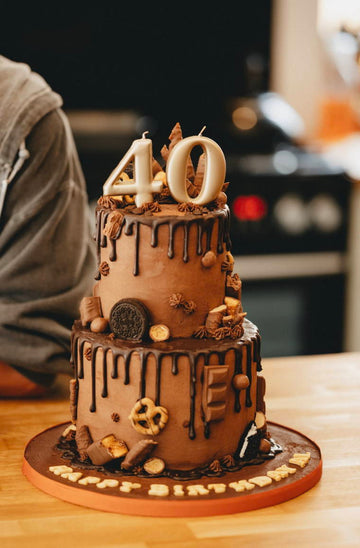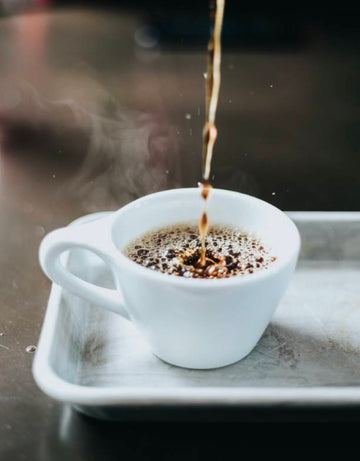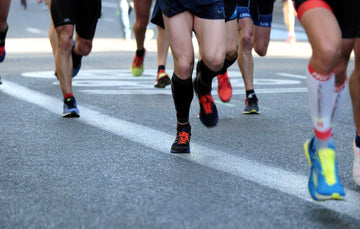Posted by Tia Patel | Oct-26-2020
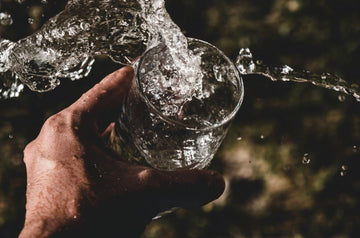
#TeamGPD guide to sports drinks
We’ve all trawled the internet and scoured our socials searching high and low for the perfect sports drink to fuel our workouts and recovery, but the choices on offer can be baffling even to the most seasoned weekend athletes!
We’ve tried to demystify there are in fact three types of sports drinks, all helping the body through different types of training. So keep reading to find out how each type helps your body, when to use it and for a recipe to make your own at home sports drink.
ISOTONIC
Most traditional sports drinks (like Gatorade, Powerade, Lucozade Sport and so on) fall into the ‘isotonic’ category in that they're supposedly similar in concentration to human blood.
Isotonic sports drinks are designed to quickly replace the fluids which are lost by sweating. They also provide a boost of carbohydrates with the body choosing glucose as a source of energy.
They are commonly drunk by athletes, especially middle and long distance runners, but all professional sportspeople use them in their daily training regimes.
Isotonic Drink Recipe
You will need:
200ml ordinary fruit squash
800ml water
A pinch of salt
Mix them all together in a jug and cool down in fridge.
HYPERTONIC
Hypertonic drinks are used to supplement your daily carbohydrate intake. They contain even higher levels of carbs than isotonic and hypotonic drinks as they're formulated with lots of carbohydrates in order to maximise energy delivery as a way to fuel high intensity activities.
Most recovery drinks fall into this category with the addition of protein as another major ingredient. The best time to drink them is after exercise as they help your body to top up on muscle glycogen, your body's energy stores.
Hypertonic drinks are great during very long distance events such as marathons or ultras where your body requires high levels of energy and calories as fast as possible, but when hydration is not a major priority.
However, it is advisable to only use them during exercise alongside isotonic drinks to replace fluids.
Hypertonic Drink Recipe
400ml of squash
One litre of water
Pinch of salt
Mix, cool and drink
HYPOTONIC
In simple terms, the fluids in hypotonic drinks tend to be absorbed into the bloodstream the fastest, but they deliver the least amount of carbohydrate per unit volume. Thus hypotonic drinks are designed to quickly replace fluids lost through sweating.
They are very popular with athletes who need fluid without the boost of carbohydrate with Jockeys and gymnasts using them regularly.
The best time to drink them is after a tough exercise workout as hypotonic drinks directly target the main cause of fatigue in sport - dehydration - by replacing water and energy fast.
Hypotonic Drink Recipe
100ml of squash
One litre of water
Pinch of salt
Mix, cool and drink
As a community of mainly runners, swimmers and cyclists staying hydrated is the greatest concern for us as we look to optimize performance. Opting for the more common isotonic drink on a regular basis as a sports person will aid post session by hydrating the body and providing it with energy to recover effectively. Choosing a hypertonic drink during your longer races and training sessions will provide your body with the energy it needs to push through a run, swim or cycle.
`Have you read our blog on alcohol and running? Give it a read to find out the effects of beer on running
#TeamGPD
